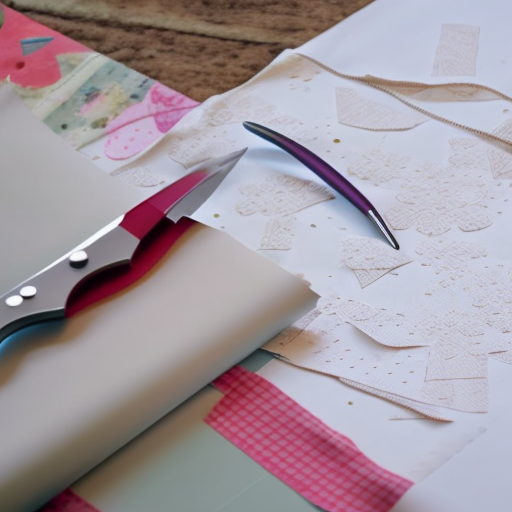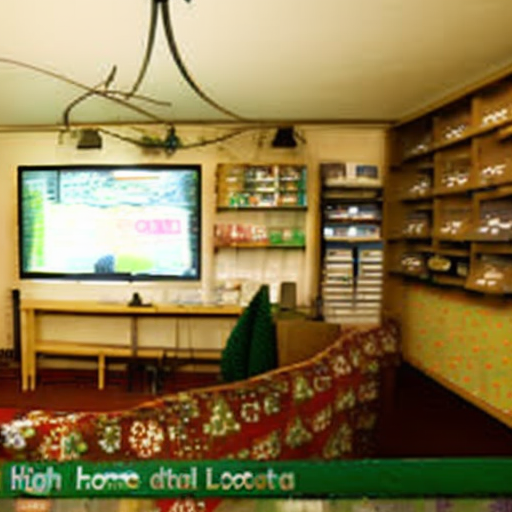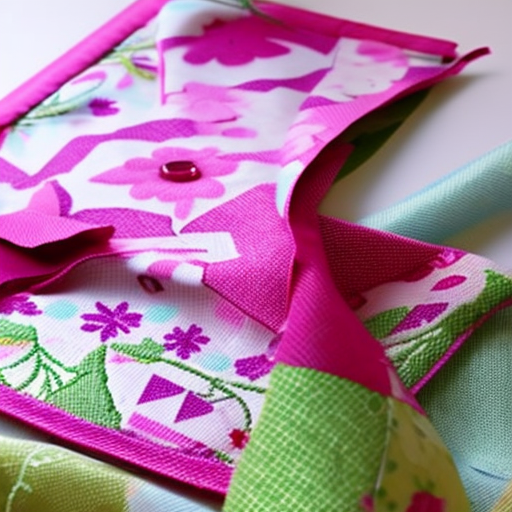
sewing/” title=”Stitching Stories: A Beginner's Guide to Sewing”>pattern.jpg” alt=”Sewing patterns” />
Sewing patterns are essential tools for creating garments, allowing you to cut and stitch fabric in precise shapes and sizes. While many patterns can be purchased, making your own sewing patterns using paper is not only cost-effective but also offers unlimited possibilities for customization and creative expression.
1. Choosing the Right Paper: When making your sewing patterns, it’s crucial to use the correct type of paper. You’ll want to select a medium-weight paper that is sturdy enough to withstand multiple uses and handle the pinning and tracing involved in sewing. Common choices include butcher paper, tracing paper, and pattern paper.
2. Tracing an Existing Garment: If you have a garment you love and want to recreate or modify, tracing the key components onto paper is a simple and effective method. Lay the garment flat on your workspace and carefully trace around each piece, including seam allowances. Clearly label each piece to avoid confusion later.
3. Digital Patterns: Another popular approach is converting digital sewing patterns into paper ones. Many independent pattern designers offer PDF versions of their patterns, which can be printed at home. Simply follow the instructions provided with the pattern to print, trim, and assemble the pieces for tracing onto your preferred paper.
Tips for Accurate Patterns:
- Always use a ruler or measuring tape to ensure accurate dimensions when creating pattern pieces.
- Consider using different colors or patterns of paper for various pattern pieces to easily identify them during the sewing process.
- When tracing existing garments, remember to account for seam allowances, darts, and any other necessary modifications.
- Label each pattern piece with important information, such as its name, size, and any specific instructions or notations.
“Creating your own sewing patterns is not only an economical choice but also grants you the freedom to bring your unique style and vision to life.”
4. Copy Shop Printing: In case you prefer to skip the tracing step altogether, some copy shops offer large-scale printing services. You can bring your digital sewing patterns to them, and they will print them on a large format paper, eliminating the need for assembling multiple pages.
5. Storing Your Patterns: To ensure your patterns last and remain reusable, it’s essential to store them properly. Consider using clear plastic bags or archival folders to keep pattern pieces organized and protected from dust and damage. Additionally, label each storage item with its contents for easy identification.
Creating your own sewing patterns is not only an economical choice but also grants you the freedom to bring your unique style and vision to life. With a little practice, patience, and the right tools, you’ll be able to design and sew garments tailored exactly to your preferences.
Creative Exploration Awaits!
Now that you’re equipped with the knowledge of creating sewing patterns using paper, let your creativity soar. Experiment with different styles, mix and match pattern pieces, and embark on the sewing journey filled with joy and self-expression.





I love using paper to make unique sewing patterns! #SewingQueen
Kaya Hall: This is a great idea! I’m so excited to learn more about making my own patterns. #SewWhat #SewingLife
Great tips! I’ll be sure to try this out. #SewHappy #SewCrafty
The craft of sewing has always been a creative outlet for many, and with paper it can be elevated to the next level! It’s great to see so many others enjoying the process of making their own unique patterns – #SewingLove #SewElite!